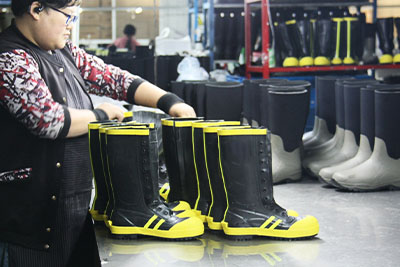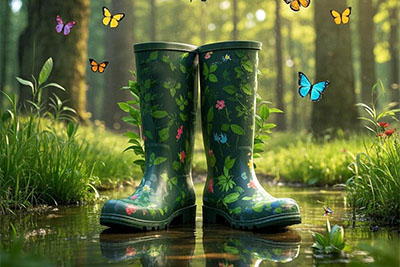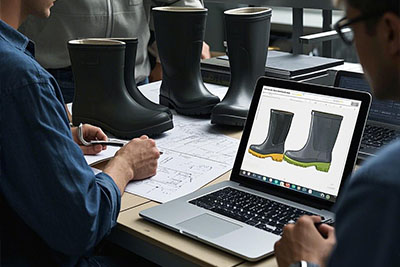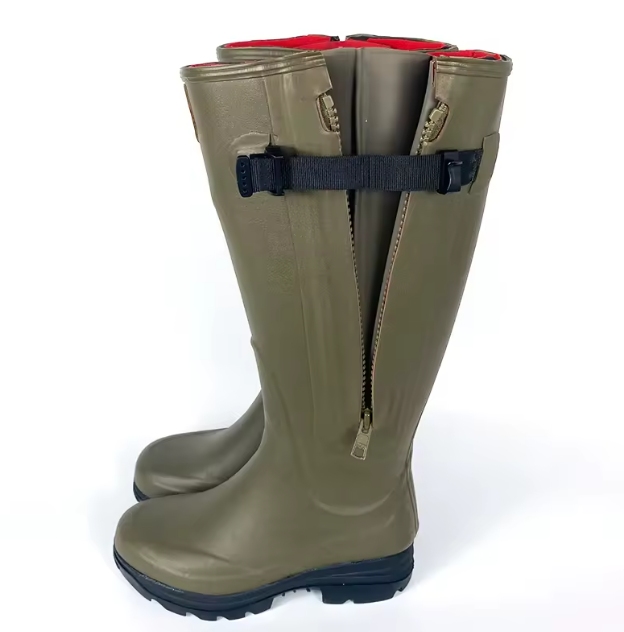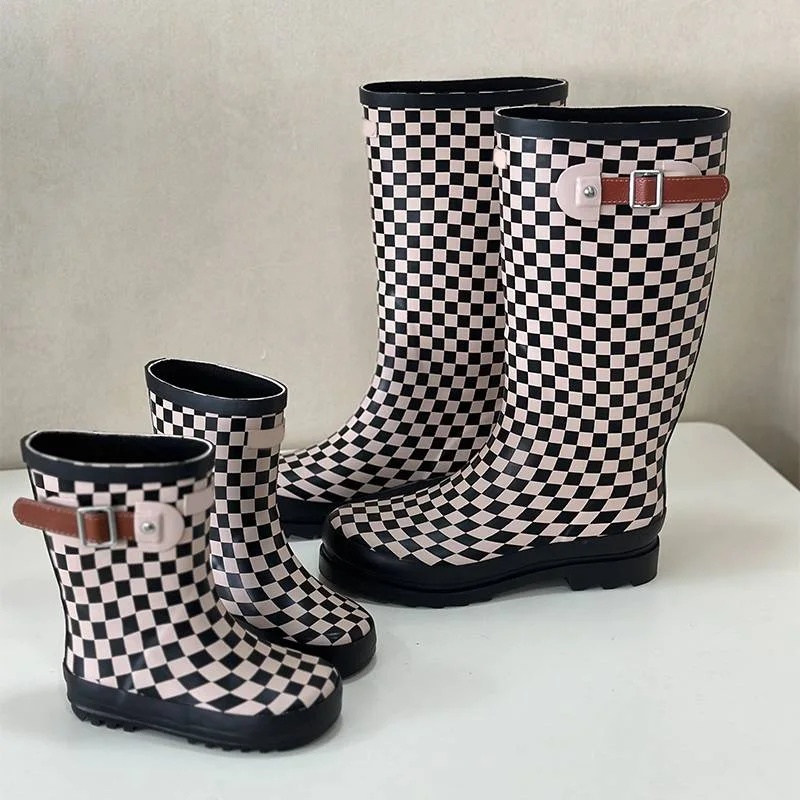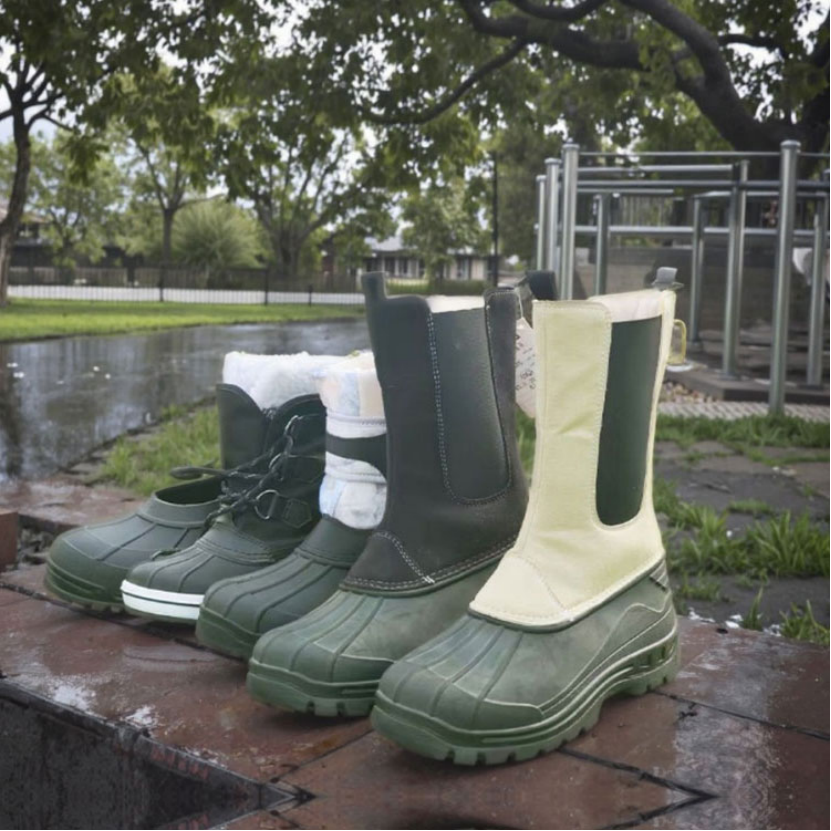What Types Of Wellington Boots are there?
Introduction
Wellington boots, often called wellies, are key for outdoor work in wet or muddy places. They’re great for gardening or tough jobs needing waterproof wellington boots for men. These handy boots shield feet from rain and dirt. This guide covers their history, types, materials, uses, and care. It helps pick the right pair. With a classic look and strong function, wellington boots started in the military. Now, they’re a must-have for many. They’re loved worldwide.
A Brief History of Wellington Boots
Wellington boots began in the early 1800s. Arthur Wellesley, the Duke of Wellington, made them famous. At first, they were soft calfskin leather. They changed from Hessian boots worn by army officers. The boots were knee-high with a curved top and tassel. They looked nice and worked well for riding or battle. In the mid-1800s, rubber replaced leather. This made them waterproof and more affordable.
During the World Wars, rubber wellington boots were made in huge numbers. Factories focused on war items like ground sheets. But soldiers needed boots for muddy trenches. After the wars, farmers loved them for wet fields. They stayed comfy. Over time, new materials and designs made them fit for gardening, festivals, and even fashion. Today, the history of wellington boots shows a mix of old style and modern use. They meet many needs.
What Types of Wellington Boots Are There?
A big question is: what types of wellington boots are there? There are many kinds for different tasks, weather, and tastes. Here’s a clear breakdown.
Traditional Knee-High Wellington Boots
Knee-high wellington boots are the classic kind. They protect the lower leg from water and mud. They’re perfect for waterproof wellington boots for farming. These reach just below the knee. They’re made of tough rubber. They cover well for jobs like cleaning stables or walking in flooded fields. For extra strength, some have sturdy soles. These handle rough ground without wearing out fast.
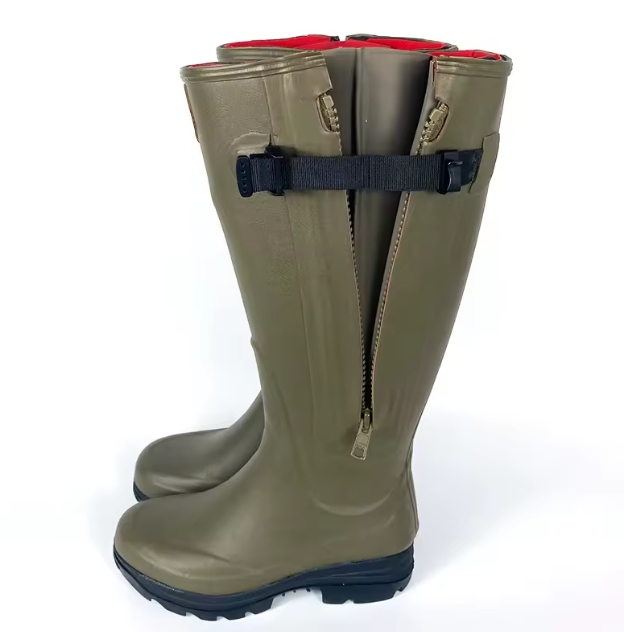
Short or Ankle Wellington Boots
For lighter tasks, short wellington boots are popular. They reach the ankle or mid-calf. They’re easy to put on and take off. This makes them great for comfortable short wellington boots for gardening. They keep feet dry but allow more movement. They’re good for quick chores or walks in light rain. Ankle ones, called wellie clogs, are super handy for garden shed trips.
Insulated Wellington Boots for Cold Weather
When it’s cold, insulated wellington boots are a must. They’re lined with cozy materials like fleece or neoprene. These keep feet warm in icy weather. They’re great for insulated wellington boots for winter activities. Hunters, fishers, or snow clearers love them. They stay dry and warm. Some have linings that pull away sweat, keeping feet comfy during long use.
Steel-Toe Safety Wellington Boots
For tough jobs, steel-toe wellington boots add extra safety. They have strong toes to protect against heavy hits. They’re good for construction or farms with big machines. For steel-toe wellington boots for work safety, these meet safety rules and keep the waterproof seal of wellies.
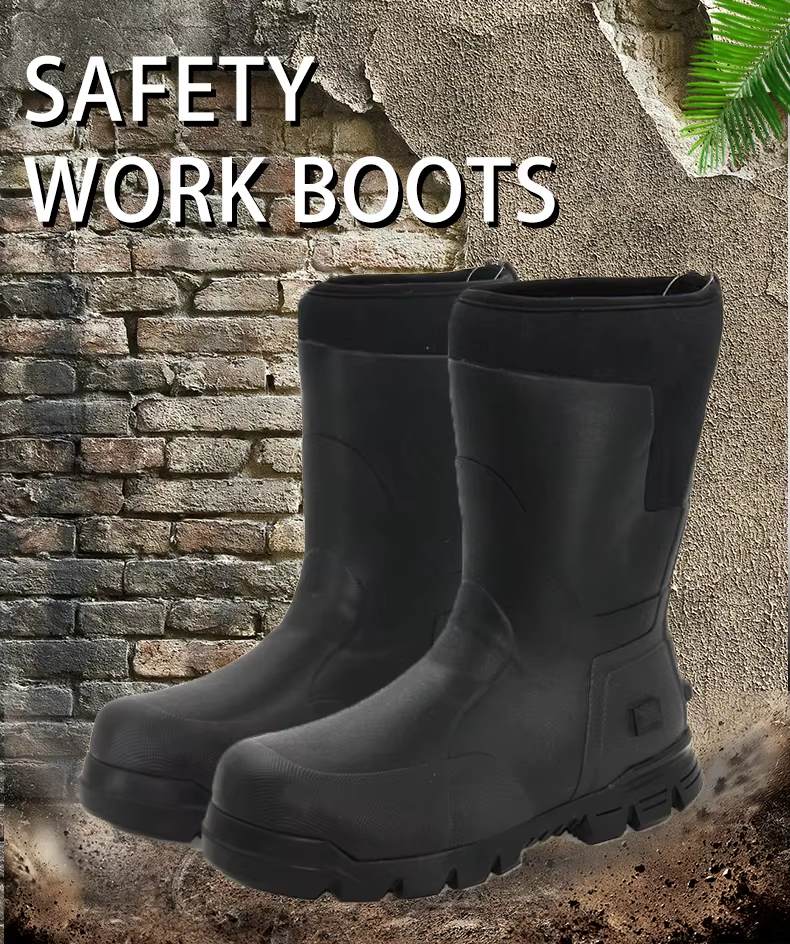
Fashion and Printed Wellington Boots
Wellington boots aren’t just practical. They’re stylish too. Some have fun patterns, bright colors, or sleek looks. Women’s stylish printed wellington boots for festivals might have flowers or animals. Men’s often have earthy tones. These are light and bendy, mixing style with use for festivals or country trips.
Neoprene-Lined Wellington Boots
Neoprene wellington boots are super comfy and flexible. The material stretches easily. This cuts blisters on long walks. It also keeps feet warm. They’re a top choice for neoprene wellington boots for hiking and walking. They move with the foot and block water.
Children’s Wellington Boots
Children’s wellington boots are made for small feet. They have fun designs to spark outdoor play. They’re tough for puddles and playgrounds. Many have easy-pull handles for kids to use alone. Parents often want durable children’s wellington boots for rainy days to keep kids dry and happy.
Each type fits a special need. Think about the main use—gardening, work, or fun—when picking one. Brands like Trendy Boot offer many types with great quality.
Materials Used in Wellington Boots
Wellington boots work well because of their materials. Rubber is the top choice for natural waterproofing and strength. Synthetic rubber or PVC is lighter and cheaper, good for occasional use. Neoprene adds softness and warmth. Some boots mix materials for extra benefits. Linings like cotton or synthetic fabrics let feet breathe. This stops overheating in warm weather. For high-quality materials in wellington boots, pick ones that don’t crack in cold or fade in sun.
How to Choose the Right Wellington Boots
Picking the best pair needs thought. First, check fit. Wellington boots need space for thick socks but shouldn’t be too loose. Measure calf size for knee-high boots to stay comfy. Look at traction. Deep treads stop slips on muddy paths. For how to choose wellington boots for wide calves, adjustable sides or stretchy materials help. Budget matters too. Higher-quality boots, like those from Trendy Boot, last longer. Also, think about versatility. Boots that work for gardens and trails give the best value.
Uses and Benefits of Wellington Boots
Wellington boots are great for many tasks. In gardening, they block soil and water. This lets people plant for hours without wet feet. Farmers use them for wet fields and livestock work. Outdoor fans pick lightweight wellington boots for fishing and hunting. They cross streams easily. At festivals, colorful wellies let people dance in rain worry-free. Benefits include top waterproofing, easy cleaning, and foot protection from junk. They keep feet dry, cutting blister or infection risks. Many modern wellies use recyclable materials. This appeals to eco-friendly users.
Maintenance and Care for Long-Lasting Wellington Boots
Good care makes wellington boots last. After use, rinse mud with cool water and a soft brush. For tough dirt, use mild soap. Avoid harsh chemicals that hurt rubber. Dry boots upright in a shady, airy spot. Don’t use heaters, as heat cracks rubber. Store in a cool, dry place to stop mildew. For how to clean and maintain wellington boots, use silicone sprays now and then to keep them flexible. Neoprene-lined boots may need inner washing sometimes. With care, good boots last years, saving money and waste.
Why Wellington Boots Remain a Timeless Choice
Wellington boots are super versatile. They blend old roots with new ideas. Whether needing best wellington boots for women with wide feet or affordable wellington boots for everyday use, knowing types, materials, and care helps get the most from them. Trendy Boot offers reliable, high-quality options for all needs. Step into the outdoors with confidence. Wear wellies and enjoy rain or shine.
Custom Best Wellington Boots from Trendy Boot
Find the perfect wellington boots with Handan Trendy Boot and Textile Co., Ltd! From stylish adult fashion wellies to tough outdoor and kids’ designs, our QUAD-GUARANTEED boots ensure quality, sustainability, and innovation. Customize your style with our OEM/ODM services. They’re made in our advanced factory in Hebei, China. Contact us at yori@wellies.cn or +8618633619747 to create your vision. Explore our range at www.wellies.cn. Step into quality—order custom wellies today!

